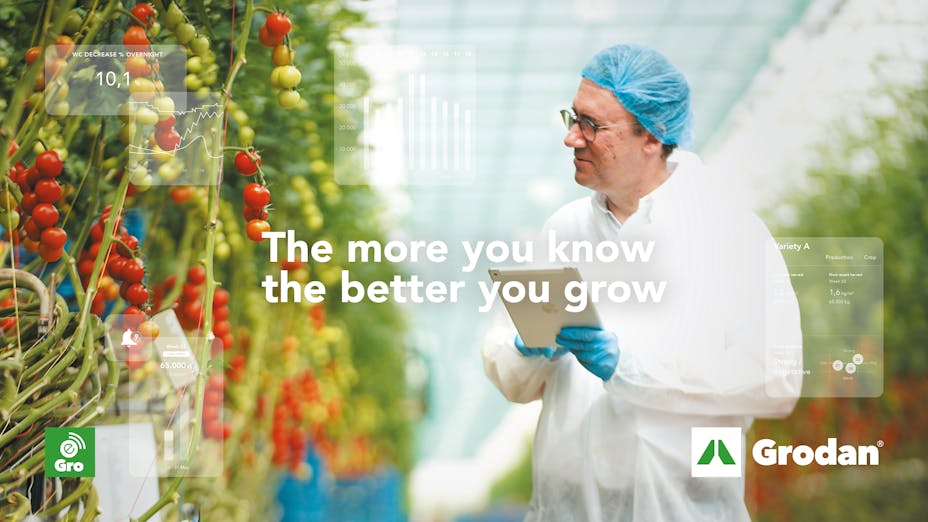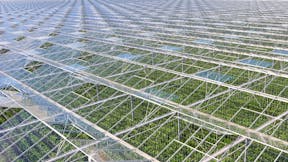I discussed all the ways to collect data (sensors, imaging technology, climate computer) in my blogs 5 Reasons Why AI Will Transform the Greenhouse Industry and Where the Magic Happens: Combining Data and Plant Science. I also mentioned that raw data is, in itself, not very valuable. The next step is organizing and mining the data: organize, group, segment, cluster and analyze, and then combine all the valuable findings. As you can imagine, this is not an easy or straightforward process and takes most of a data scientist’s or analyst’s time. Additionally, you need to maintain a good data flow (this is a must!), storage and backup system.
Perhaps this all seems overwhelming and it is indeed a lot of work, but the good news is that if you work with the right people and system(s) you can attain great results without extensive effort. Your team executes the data mining, analysis and creates findings. Aside from a good team and system, there’s also a great benefit when growers join forces. I call this the virtuous (not vicious!) circle. More on this below.
So what do you need to know to be successful when using greenhouse data? Here are my top five tips:
Quick wins to start using greenhouse data
- Connect: For any single grower it’s difficult to connect with other growers in order to utilize and learn from big data. I encourage growers to join existing connections like e-Gro to get more out of your greenhouse data. Next to working with a system, it’s also important that you get the right guidance and help to learn how to interpret your data. Try to connect with the right people and discuss how you can use the data in order to better grow your crops.
- More data: When it comes to data, quantity is the most important. And the more the merrier; collect as much data as possible. Testing and analysis takes time and some data may not be used immediately but will be helpful in the future. Next to the quantity, the quality of the data is also important. Be consistent in the way you collect data. Try, for example, to capture data of the plant at the same moment, each week.
- Use state-of-the-art technology: Stay on top of latest developments and use state-of-the-art data science, machine learning and AI. Products are continually evolving to become more accurate and efficient. Read how one of the e-Gro users, Ger Derikx, has started implementing data-driven cultivation here. Through each stage in the growing season this grower is discovering the advantages of this platform and how to leverage his data in meaningful ways.
- Complete the cycle and start again: Data science and AI allows for continuous improvement. By completing the cycle and starting again you gather more data which produces an even better product and outcome. Just one season of data does not provide much insights and advice. The more, and the better, the data, the more you can do with it.
- Spread the word: I urge all growers to share their experience and data. Spread the word to get even more growers in the game. The virtuous circle shows that knowledge grows through sharing (big data).

Where the magic happens: unlock the potential of data driven decision making
Data science and AI technologies present us with so many opportunities to collect and mine data in the greenhouse. This paper will help you begin your journey to get the best out of your greenhouse data. There’s a bright future ahead!










